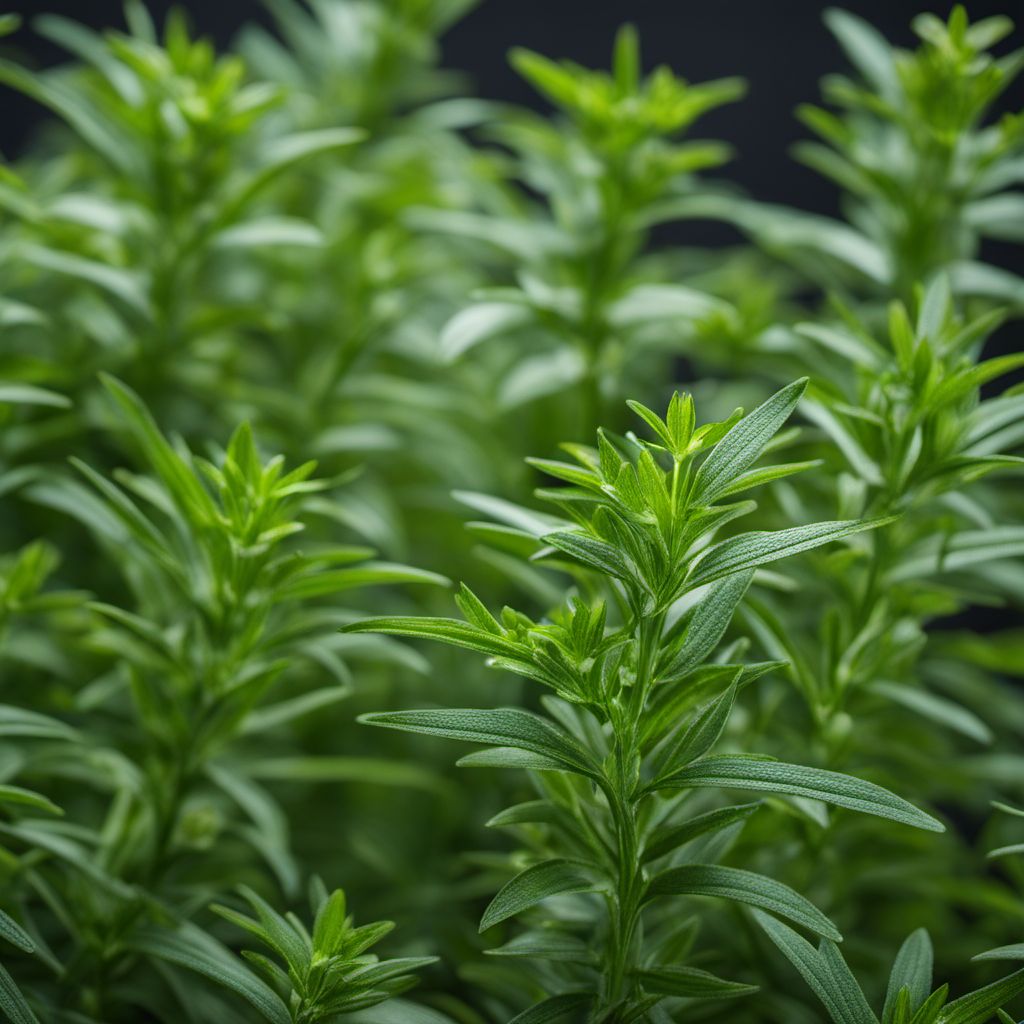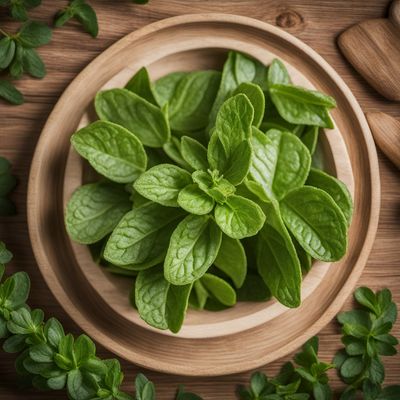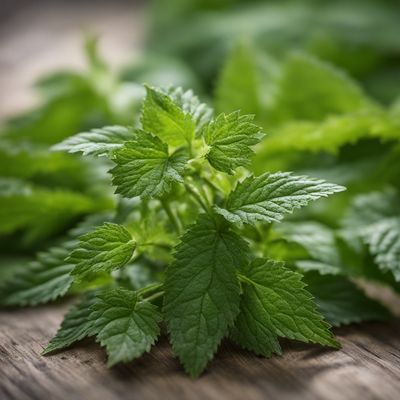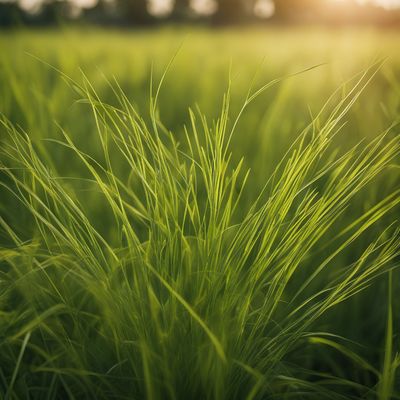
Ingredient
Tarragon
The Herb of Elegance
Tarragon is a perennial herb with long, slender leaves and a unique flavor profile characterized by a delicate anise-like taste. It has a slightly sweet and peppery aroma, with hints of vanilla and licorice. The leaves are bright green and have a soft, velvety texture. Tarragon is often used as a seasoning in sauces, dressings, and marinades, and pairs well with chicken, fish, and vegetables.
Origins and history
Tarragon is believed to have originated in Siberia or western Asia and has been used in cooking for centuries. It gained popularity in Europe during the Middle Ages and was introduced to the Americas by European settlers. Tarragon is particularly associated with French cuisine and is a key ingredient in classic dishes like Béarnaise sauce and fines herbes. It is also commonly used in Russian, Armenian, and Georgian cuisines.
Nutritional information
Tarragon is low in calories and a good source of vitamins A, C, and B6. It also contains minerals like iron, calcium, and potassium. Additionally, tarragon has been used in traditional medicine for its potential anti-inflammatory and digestive properties.
Allergens
There are no known allergens associated with tarragon.
How to select
When selecting tarragon, look for fresh, vibrant green leaves without any signs of wilting or discoloration. The leaves should have a strong aroma, indicating freshness. If possible, choose organically grown tarragon to avoid exposure to pesticides.
Storage recommendations
To store tarragon, wrap the fresh leaves in a damp paper towel and place them in a plastic bag. Store in the refrigerator for up to one week. Alternatively, you can freeze tarragon by chopping the leaves and placing them in an ice cube tray with a little water or oil. Once frozen, transfer the cubes to a freezer bag and use as needed.
How to produce
Tarragon can be easily grown in a sunny spot in your garden or in a pot on a windowsill. It prefers well-drained soil and regular watering. Harvest the leaves as needed, but be sure to leave some foliage on the plant to promote continued growth.
Preparation tips
Tarragon adds a unique flavor to a variety of dishes. It is commonly used in French cuisine, particularly in sauces like Béarnaise and Hollandaise. Tarragon also pairs well with chicken, fish, eggs, and vegetables. It can be used to infuse vinegar or oil, adding a subtle hint of its distinctive flavor.
Substitutions
Tarragon can be substituted with dried tarragon, although the flavor will be less pronounced. Alternatively, you can use a combination of fresh basil and fennel seeds to mimic the anise-like taste of tarragon.
Culinary uses
Tarragon is commonly used in French cuisine, particularly in sauces like Béarnaise and fines herbes. It is also used in Russian, Armenian, and Georgian cuisines. Tarragon can be added to salads, soups, stews, and marinades to enhance the flavor of various dishes.
Availability
Tarragon is commonly available in France, Russia, and other European countries. It is also cultivated in North America, particularly in the United States and Canada.
More ingredients from this category

Mexican oregano
The Flavorful Herb

Russian tarragon
The Herbaceous Elegance

Stevia
The Sweet Secret of Stevia

Other urtica species
The Hidden Gems of Urtica: Exploring Lesser-Known Species

Epazote
The Magical Herb: Unveiling the Secrets of Epazote

Hyssop
Hyssop: Unveiling the Herbal Elixir of Ancient Times

Common nettle
The Nutritional Powerhouse

Lemongrass
The Zesty Herb

Aztec sweet herb
The Sweet Secret of the Aztecs
Recipes using Tarragon

French-style Ceviche
La Ceviche Française

Baltic-Style Herb Sauce
Herbaceous Delight: A Baltic Twist on Sauce Gribiche

Crimean Tatar Style Seared Scallops with Herb-infused Tomato Sauce
Savory Crimean Tatar Scallops: A Delightful Fusion of Seafood and Local Flavors

Canapés à la Française
Elegant French Canapés: A Symphony of Flavors

Cervelle de Canut - French Herb and Cheese Dip
Fromage et Herbes: A Savory French Delight

Green Goddess Dressing
Herbaceous Delight: Green Goddess Dressing

Sauce Gribiche
Eggcellent French Delight: Sauce Gribiche